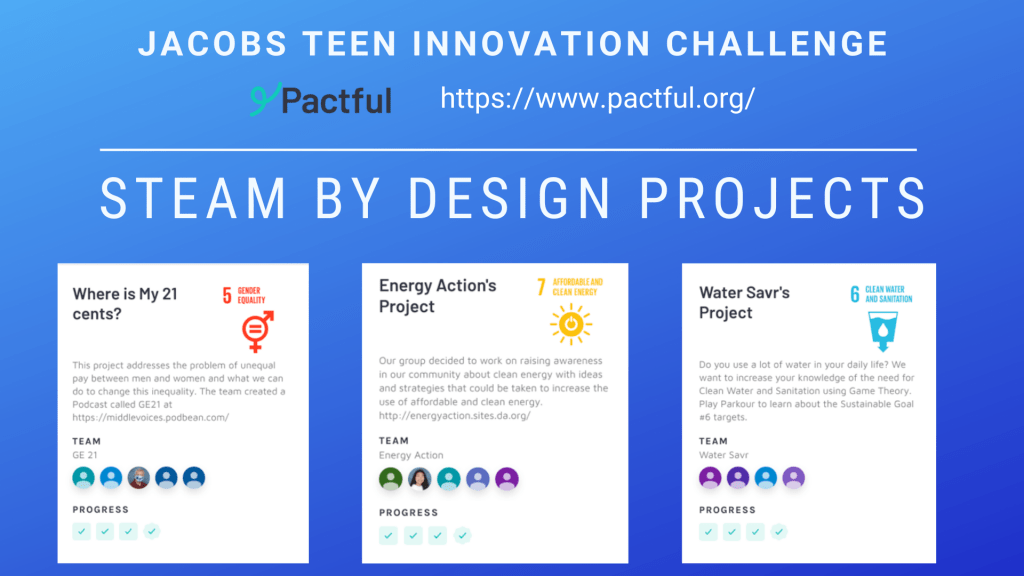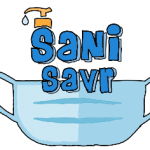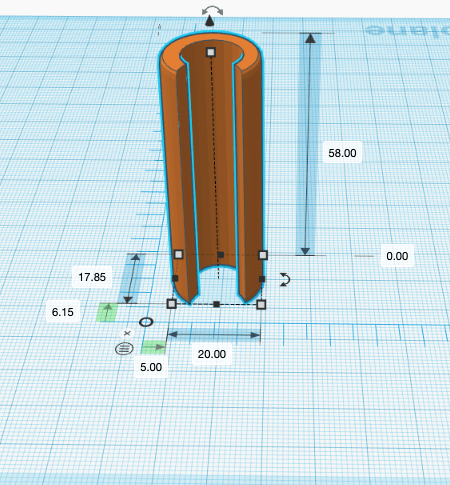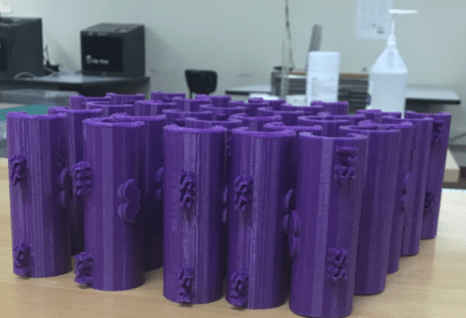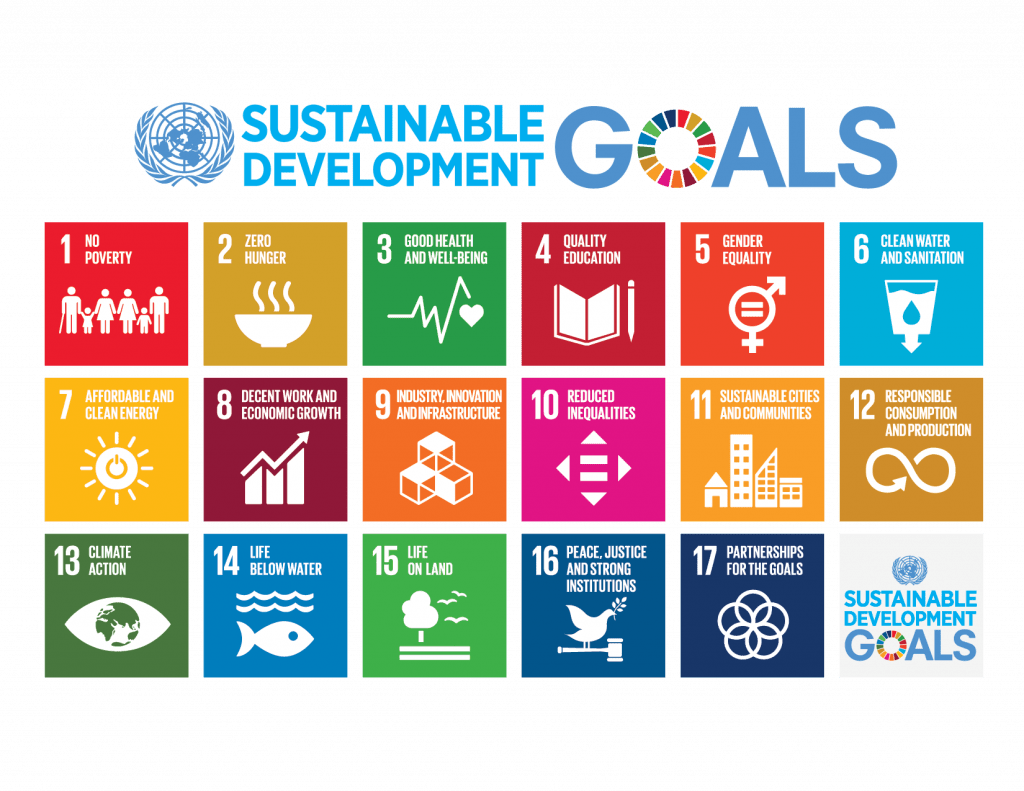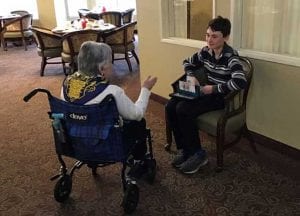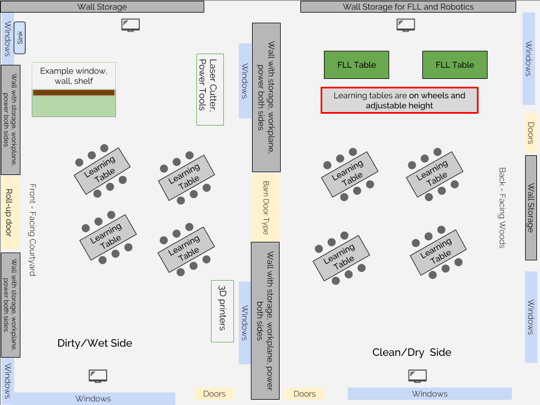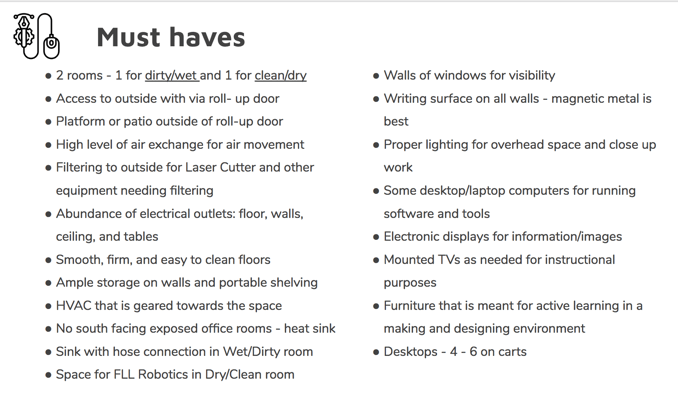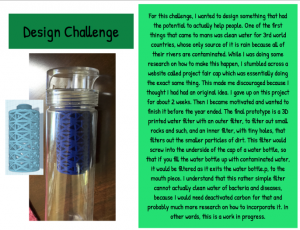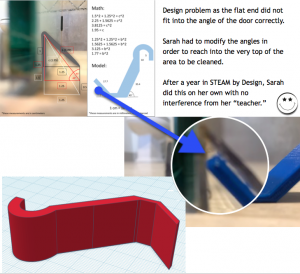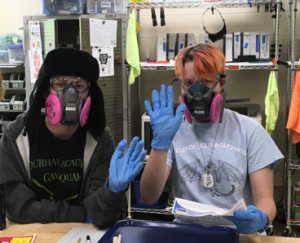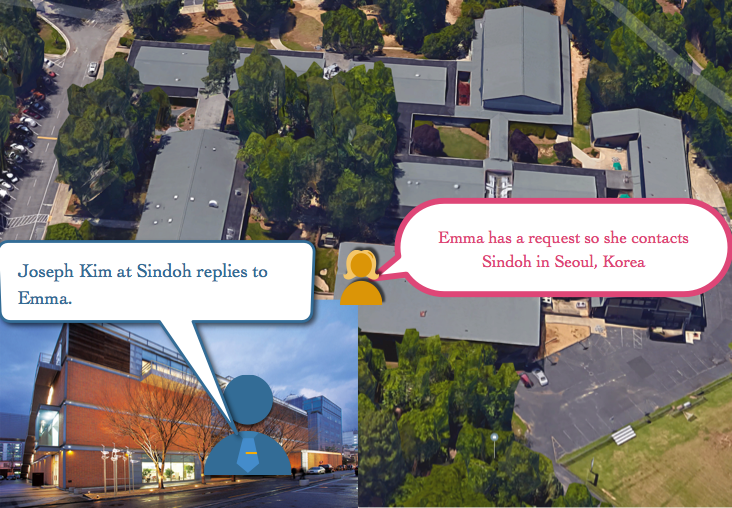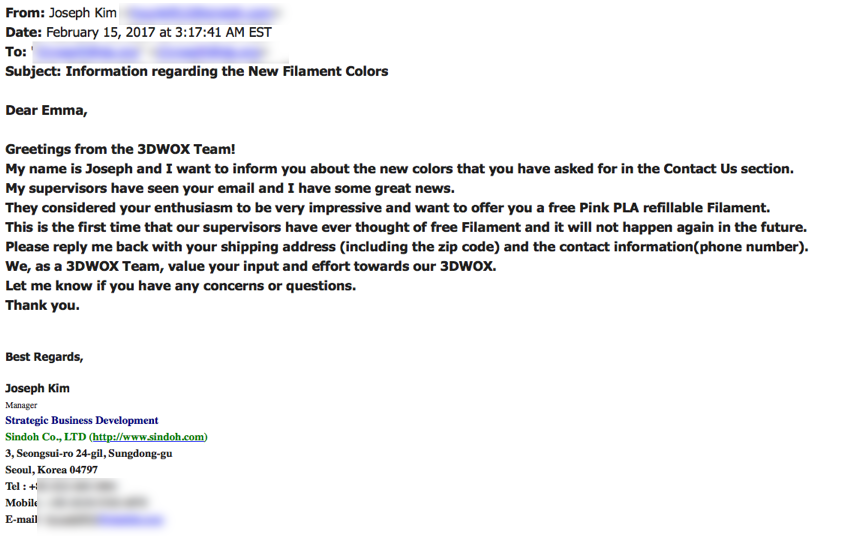Teams of students have been working on ideating solutions to help overcome the problem of gender equality in STEM-related fields. Classes started by watching the documentary “Picture a Scientist.” We watched the entire film at the NOVA PBS site. Below is the trailer for the video, which I highly recommend as the introduction to a project that takes on this issue.
After watching and discussing the film, students began working on the phenomenal website Design for Change which allows teachers and students to use their Design Thinking routines of Feeling, Imagine, Do, and Share or FIDS. The site is free to use, but I suggest you donate to them as their resources are wonderful and support the thinking and active learning concepts needed. Besides, everything is customizable, so I added these resources that I wanted to use to lead students in their thinking.
We started with six teams from the two classes but when one class realized their project idea was so similar, the teams voted to unite into one team. Noting the dangers and advantages of large teams, they persevered and organized themselves to make an impressive project. Websites were the most popular project type although one team is creating a Gender Equity AR game in CoSpaces Edu.
Below are their projects.
jane is D Period Team Galpha – Harrison, Elle, Grace, Kwame, Charles, Larry, Aidan, AJ, Charlotte, Noah, and Cana.
Beneath the Ice is E Period Team Beta – Jack, Anne, Riley & August
DA Gender Equity is E Period Team Alpha – Lylah, Kai, Kendall, Chris, and Caleb
Artemis is E Period Team Gamma – Nachi, Cameron, Diego, and Solomon.
In addition to the blogs, Team Beta used CoSpaces to create the Super Maria Sisters Parkour. Two members of Team Galpha created a CoSpace to test your knowledge of Gender Equity.
I was reluctant to do this unit on STEM Gender Equity using Design for Change as I thought it could be controversial or edgier than what I was up for. It is not that I have not taken on the issue of gender equity before but I was thinking there are 16 other Sustainable Development Goals, why not do one that is not as loaded with all sorts of cultural and societal issues. I mean who is against clean water? I was unsettled with my decision not to do the unit and after Dr. Jennifer Bryan came to school to discuss Sex, Gender and Sexuality I felt compelled to do the unit. I have the ability to do amazing things in STEAM by Design so not doing a unit on both Design Thinking and Gender Equity seemed like a real copout. I must say the students have done a remarkable job with this unit and for the most part been really engaged, thoughtful, open to opposing viewpoints, and having conversations and actions that mattered even when there were strong feelings. No student in this class will be untouched by the unit in the future as we are all changed by the work we did.
